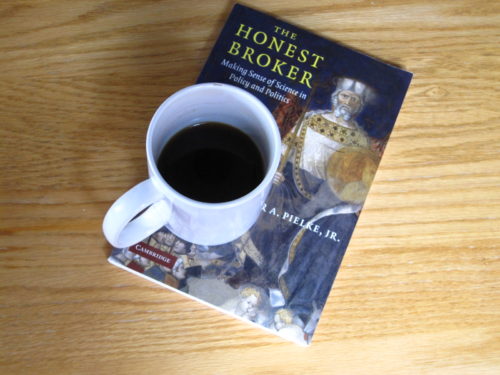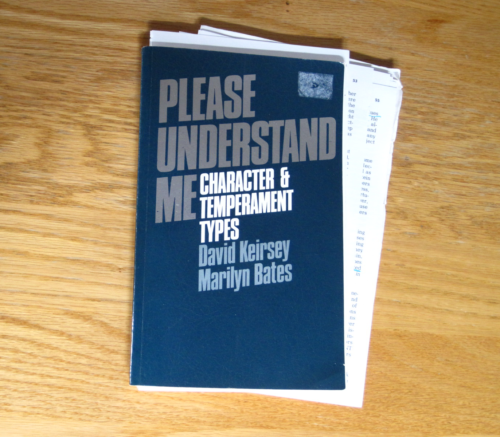Communicating science with personality
Bill Nuttle ·Over the past fifteen years or so I have become more and more obsessed with how to write about science for a broad audience. I am not alone. I am an environmental scientist, so communicating to the public is important to my job. Many other scientists and scientific organizations share this obsession. And yet, frequently it appears that all our efforts are for naught. The message is not getting through. Therefore, maybe it’s time to step back and rethink.
Scientists approach the challenge of communicating with the public logically and methodically, that is to say scientifically. Naturally, the US National Academy of Sciences sponsors a series of conferences on the science of science communication. However, the present, dynamic nature of communications in the age of social media works against the effectiveness of taking a methodical approach.
My very first lessons on communicating science were from a book, The Honest Broker, by Roger Pielke, who wrote about different roles scientists can play in deliberations over public policy, and from a handbook by the American Geophysical Union on how to get science stories into the newspapers. Ten years later, these lessons sit unused on a shelf in my mental cabinet of curiosities. Nowadays, many regard the notion of “deliberation over public policy” as a quaint relic of a bygone era. And who even remembers newspapers?

This experience suggests that we should perhaps spend less time on mastering the perfect methodology while the entire communications landscape is evolving and focus more on the enduring objective – reaching the reader. The traditional idea of the reader is also an anachronism. I know. But, imagining a reader helps me keep foremost in my mind that, at the end of whatever I am attempting to communicate, there is a person that I hope to reach.
Keeping the reader in mind is easy to do when composing a text or an email intended for someone I already know. But, how do I reach out to a general audience composed of people who I don’t know? This is communication’s great challenge.
Faced with this challenge, I have returned repeatedly to lessons learned from working with the Myers-Briggs personality types in an earlier phase of my life. Myers-Briggs sorts people into 16 different personality types based on their answers to a series of simple questions. The test is easy to take. The results are delivered quickly. And, I can attest, the simple version I found online is a great ice-breaker for meetings and parties.
Relative to communication’s great challenge, the Myers-Briggs types offer insight into how different people think and what motivates them. This information is contained in the personality profiles used to interpret the test results. As an example of the insights that can be gleaned from these, consider the four temperaments described in the book Please Understand Me: Character and Temperament Types by David Keirsey and Marilyn Bates:
Dionysian Temperament: values spontaneity and unfettered action making use of all the tools and resources available to them.
Epimethean Temperament: devoted to serving the greater good as guardians of society.
Promethean Temperament: seeks knowledge and ability to understand and control nature.
Apollonian Temperament: strives to attain authenticity in the pursuit of higher goals.
Temperament relates to a person’s primary motivation: what they want the most. All the drama of everyday life can be traced back to the ways in which the four temperaments complement and conflict with each other. Keirsey and Bates assign the names of characters from ancient mythology to the temperaments, but it was the Greek physician Hippocrates (circa 400 BC) who first described the four temperaments.

In addition to Hippocrates, the Myers-Briggs personality profiles incorporate the work of Freud, Jung, and other psychologists and philosophers who have studied human nature, especially during the 19th and 20th centuries. The Myers-Briggs test has added a unique quantitative dimension to this work. Results of the test, compiled over the several decades that it has been in use, reveal the relative “popularity” of the four temperaments in the general population.
Working with the Myers-Briggs profiles has helped me understand people who are different from myself. My personality aligns with the Promethean temperament. This is a characteristic that I share with many of my colleagues in science and engineering, but with only one out of every eight people in the general population. Therefore, the path that I must take to reach a reader in the general population leads through terrain that is intuitively unfamiliar to me. The Myers-Briggs personality types provide a map.

